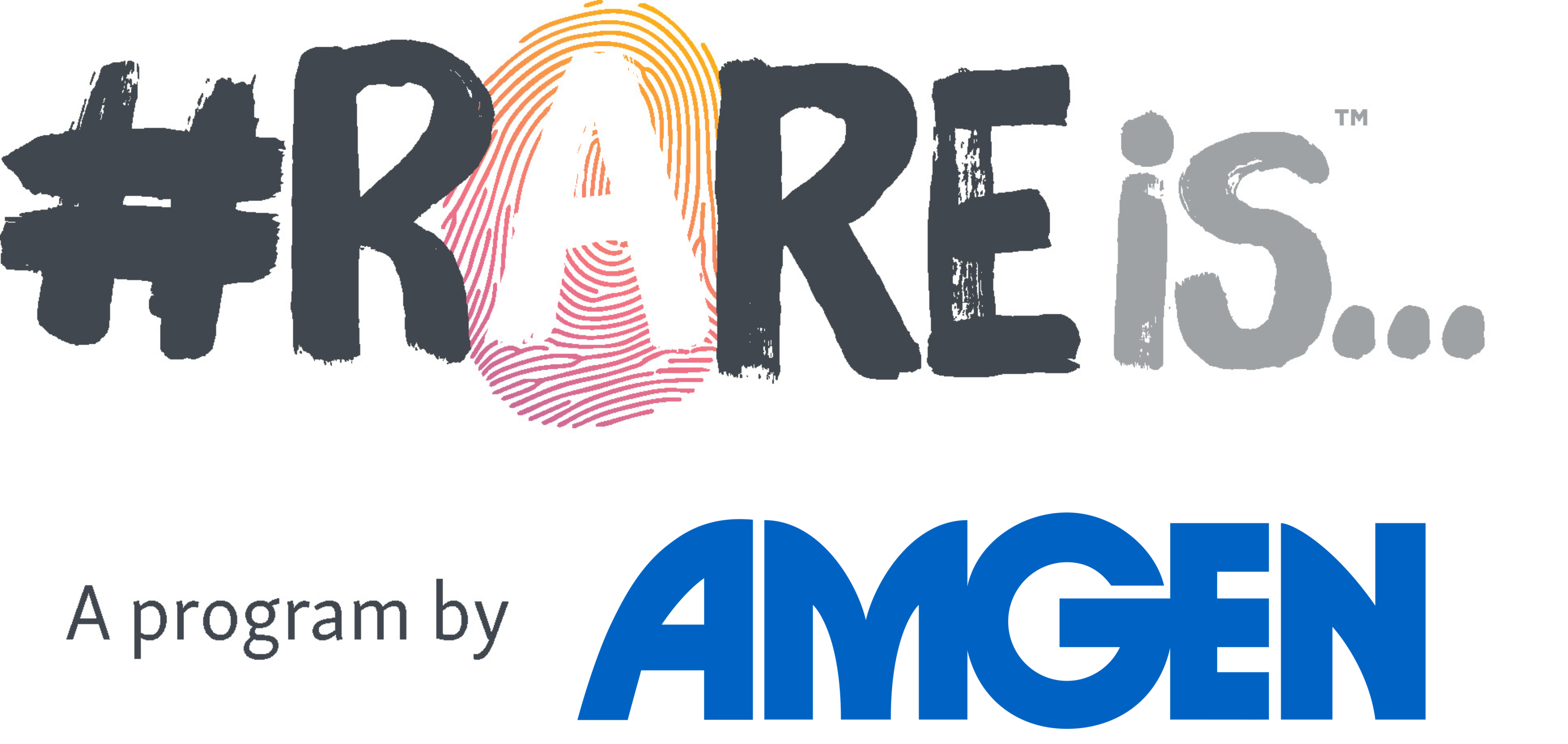My husband and I were getting ready for the first birthday party of our son, Raghav. Perfectly color coordinated balloons, cake, carefully picked sprinkles and matching outfits – we wanted it all perfect for our first kid. As we were getting ready to cut the cake, I got a call from the genetics department at Seattle Children’s hospital. Little did we know there was an unplanned twist to the party.
"Your son Raghav has a rare mutation in a gene called GPX4"
“Your son Raghav has a rare mutation in a gene called GPX4,” said the voice on the other end. “So rare, only two other babies in the world were known to have it. So dangerous, both the babies passed away within 30 days after birth. Your son is doing much better.”
Several thoughts started racing through my mind as I continued to smile for the birthday photos:
“I should just get through this party without having a meltdown.”
“If it is so rare, it may not be as serious as I think it is.”
“What if someone finds out about Raghav?”
“It is 2019. How can this condition not have a cure?”
“Why me? Why me? Why me?”
The world continued to feel out of control for several months, it felt unfair. I hoped for it to be a bad dream, but if only I could sleep. A sleepless night and a long conversation with my husband narrowed down two choices:
#1 Give up and have “Why me?” mantra play in the background
#2 Take it by the horns and kick the beast in its butt
We went with the latter. #1 was boring anyway! Mission Cure Raghav was born. We decided to find a cure for Raghav. We decided to be his miracle. Our project has unreasonable timelines, an expensive budget and two members with absolutely zero background in science. But we have a plan, sort of.
#1 Become the chief scientific officer
“I don’t know science” was not an excuse. We have to speak the language of the researchers and doctors if we needed them to take us seriously. We need to learn the biology behind the problem, at least just enough to ask the right questions. Now our time is spent in reading research papers and learning to spell complex medical terms.
#2 Get a team together
We need more than just the two of us to fight this battle. We need a team of advisors, researchers, pharmaceutical companies, rare disease advocates, friends and well-wishers who want to join hands with us. This team should be built on trust and kindness.
#3 Fundraise
This is going to be expensive. We need millions (literally millions) to get to a cure. Our plan is to come up with a list of fundraising activities that will spread awareness as well as facilitate funds for research. We are learning to accept help. Sounds strange? It is not easy.
#4 Build a network
There are very limited resources out there for rare diseases. But people in this space are willing to help, share knowledge and make connections. Global Genes and the National Organization for Rare Disorders (NORD) have especially been two pillars of support for us. We are reaching out to other rare disease communities and advocates to navigate this unknown territory. After sharing our story, we’ve been able to connect with a family in Europe whose 5-month-old son has the same genetic mutation.
Finally, every baby deserves a chance, whether normal or RARE! And in this journey to find a cure for Raghav, we also hope to find a playbook that will help kids with other rare diseases live a meaningful life.
Love,
Ramya, Sanath and #Relentless Baby Raghav

